Excess electricity from renewable energy, will electricity prices decrease?
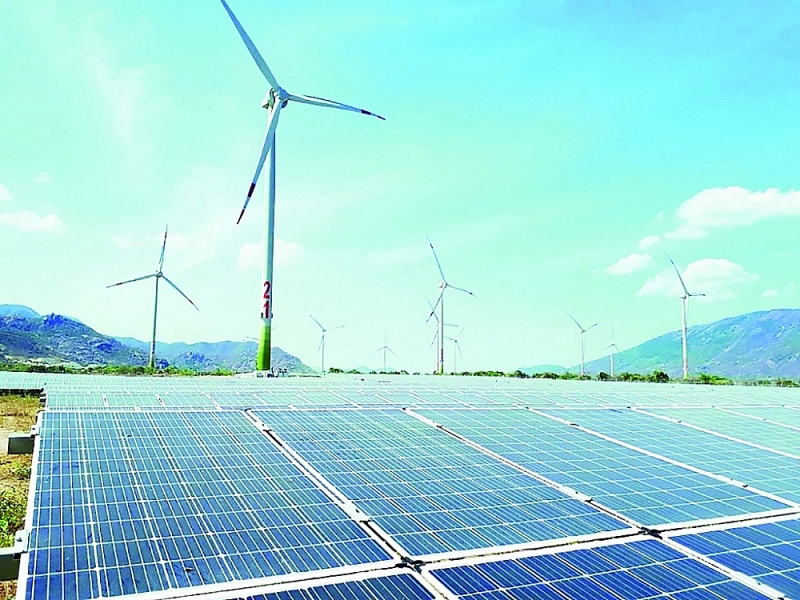 |
| It is estimated that Vietnam can exploit 32 billion kWh of renewable electricity in 2021, many times more than 2020. Photo: Nguyen Thanh |
Cutting 1.68 billion kWh of renewable energy
According to a recent report by Electricity of Vietnam (EVN), the Covid-19 pandemic has caused a decrease in electricity demand. Actual electricity output was 247 billion kWh in 2020, load growth was at 3%, a very low number.
In previous years, when there was no pandemic, the average load growth rate was at 9-10%. Meanwhile, 2020 witnessed an explosion of renewable electricity. For the whole of 2020, the exploited renewable energy output was 12 billion kWh, even though the original plan was just over 10 billion kWh.
Entering 2021, Covid-19 continues to affect electricity demand. The electricity supply depends on the pandemic situation and the Government's policies from now until the end of 2021. However, renewable energy sources are still mobilized at a high level. According to estimates of the National Load Dispatch Center (A0), it is possible to exploit 32 billion kWh of renewable electricity in 2021, many times higher than in 2020.
Mr. Nguyen Duc Ninh, Director of A0, said that in order to ensure safe operation of the national power system in the context of large renewable energy supply, while electricity consumption demand was low, the mobilization of sources was implemented in order of priority, power plants ensured technical conditions (voltage, stability, inertia, frequency control backup, peak capacity), next to renewable energy sources (wind power, solar power, biomass, small and medium hydroelectricity, large discharging hydroelectricity), and the remaining power sources.
Therefore, in the first four months of 2021, A0 was forced to cut nearly 470 million kWh of renewable energy (of which, 447.5 million kWh of solar power was cut, accounting for 13.3% of the generating capacity of solar power plants and cut 19.7 million kWh of wind power, accounting for about 4.8% of the generating capacity of wind power plants).
It is expected that in 2021, about 1.68 billion kWh of renewable energy will be cut (of which, 1.25 billion kWh of farm solar power will be cut, accounting for about 9% of the generating capacity of solar power plants. And about 430 million kWh of wind power, accounting for about 7% of the generating capacity of wind power plants).
Regarding the causes of deflation of renewable energy as well as other power sources in the national power system, Mr. Nguyen Duc Ninh mentioned two main reasons.
Firstly, due to the influence of the Covid-19 pandemic, the load growth was very low, lower than the plans. For example, in 2020, the load only grew by over 3%, while the first months of this year also fluctuated from 5-7%, which was much lower than the load growth in the past.
Secondly, due to the very rapid development of renewable energy sources.
“In 2019, we had nearly 5,000 MW of grid-connected solar power, but by 2020, we continuously had nearly 5,000 MW of grid-connected solar power and 7,000-8,000 MW of rooftop solar power. At the end of this year, it is forecasted that wind power will continue to rise. With such rapid development of renewable energy sources, the accompanying electric grid cannot meet the demand," said Ninh.
Should electricity prices be reduced?
For a long time, the problem of the electricity industry was the lack of electricity. At present, excess electricity, not only deflation of renewable energy but also other sources of electricity in the national power system, leads to questions by many economic experts – it is time for the electricity industry to calculate plans to reduce electricity prices to stimulate production and consumption?
According to Assoc. Dr. Pham The Anh, Chief Economist, Institute for Economic and Policy Research (VEPR), when there is a shortage of electricity, the electricity industry raises prices and urges people to use electricity sparingly and save power. EVN and the Ministry of Industry and Trade should also consider price reduction options.
“Currently, the oversupply occurs not only in the renewable energy sector but also in other sources. In fact, EVN itself has proposed to reduce the production output of coal and hydroelectric power. In addition, in the past two years, the amount of water has been a lot, so the price of hydroelectricity is quite cheap. The average price of electricity can fall deeply. It is unreasonable if the input electricity price could decrease but the output price does not,” said Mr. Pham The Anh.
Regarding electricity price adjustment, Mr. Tran Viet Ngai, Chairman of the Vietnam Energy Association, said that during the hot season in various regions, electricity bills were often higher. While electricity was in excess, people would ask why electricity prices did not fall
“In the electricity price regulation mechanism, it is necessary to study the new situation when many renewable energy sources are involved; there must be price criteria at off-peak and peak hours, and recommend that people use them appropriately. The reduction of electricity prices not only helps to share difficulties with customers in the context of the Covid-19 pandemic, but also ensure the goal of keeping the national power transmission system safe," said Mr. Ngai.
Buying electricity at high price, it is difficult to reduce selling price
According to a representative of EVN's Business Board, in the electricity price structure, the cost of buying electricity accounts for 76-80%. EVN's electricity production costs tend to decrease gradually, but because cheap electricity sources such as hydroelectricity have a decreasing proportion in order to give priority to other sources, especially renewable energy sources (with high costs). such as solar power, wind power, gas power, so the cost of buying electricity is increasing day by day.
In fact, to load the amount of electricity produced by renewable energy, EVN must reduce the mobilization of traditional power sources such as coal, gas, and hydroelectric power. In particular, the amount of coal power is significantly reduced. Even small hydropower plants have to give up peak generating hours to ensure the power consumption of solar power plants. However, it is impossible to generate electricity from renewable energy, such as solar power, because it can pose a risk to the power system.
In addition, because of the priority of renewable energy generation, hydroelectric power plants must change their capacity to compensate for changes in renewable energy and limitation of water level, affecting electricity supply security at the end of the dry season.
Along with that, thermal power plants must increase the number of times of starting/changing capacity of coal-fired power plants/gas turbines, increasing the risk of breakdown in machinery team (incidents in Phu My 2.2, Ba Ria).
Statistics of A0 show that, in 2019, with 4,500 MW of solar power coming into operation, the number of times of starting thermal power plants was 74 due to excess renewable energy; by 2020 this increased to 192 times; and in the first four months of 2021 was 334. It must also be added that renewable energy electricity, typically solar power, is much more expensive than hydroelectricity and thermal power (solar power costs from 1,644 to 2,100 VND/kWh excluding transmission fees), when the price of hydropower and thermal power is much lower on average.
“In general, although the cost of transmission, distribution, and ancillary services of EVN decreased, because the structure of production sources accounts for a high proportion, it is difficult to compensate to reduce costs in general, when the proportion of high price sources increase,” said a representative of EVN.
Related News

Transparent and stable legislation is needed to develop renewable energy
13:45 | 01/08/2024 Import-Export

Build a flexible mechanism and "reinforce" governance for state-owned enterprises
10:13 | 25/06/2024 Finance

Strong decentralization for ministries, branches and localities to manage and use electricity projects
10:50 | 15/04/2024 Finance

The "ambitions" and proposals of state-owned enterprises
19:22 | 10/03/2024 Finance
Latest News

Embracing green exports: a pathway to enter global supply chains
10:33 | 20/02/2025 Import-Export
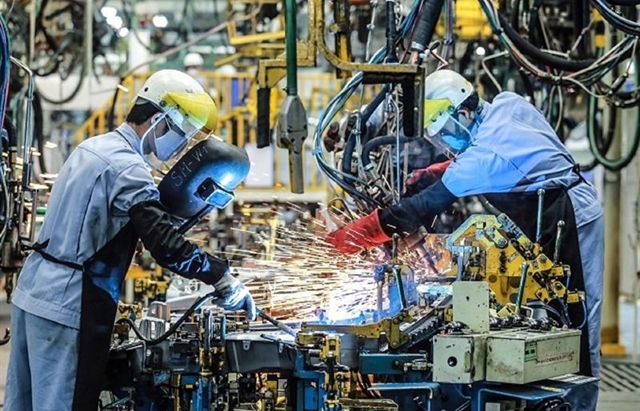
New policy proposed to prevent transfer pricing, tax evasion of FDI enterprises
10:32 | 20/02/2025 Import-Export

Việt Nam’s durian exports to China plummet by 80%
16:18 | 19/02/2025 Import-Export
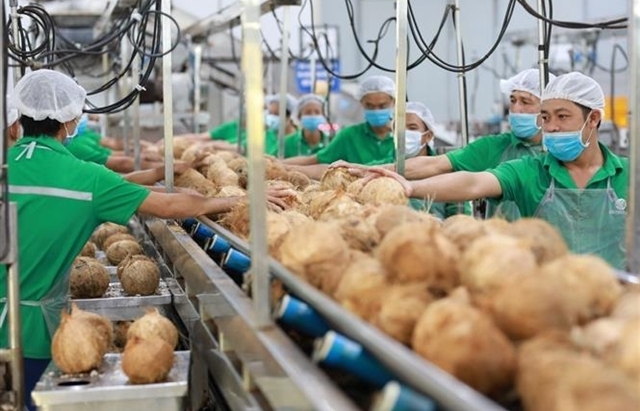
Coconut exports reach 14-year high
15:29 | 18/02/2025 Import-Export
More News

Shrimp exports grow in the first month of 2025
15:28 | 18/02/2025 Import-Export
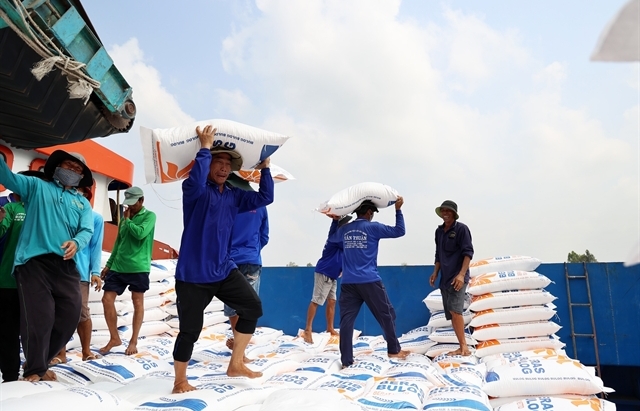
Rice export prices drop, but decline expected to be short-term
08:10 | 17/02/2025 Import-Export

Key agro products expected to maintain export growth this year
08:08 | 17/02/2025 Import-Export
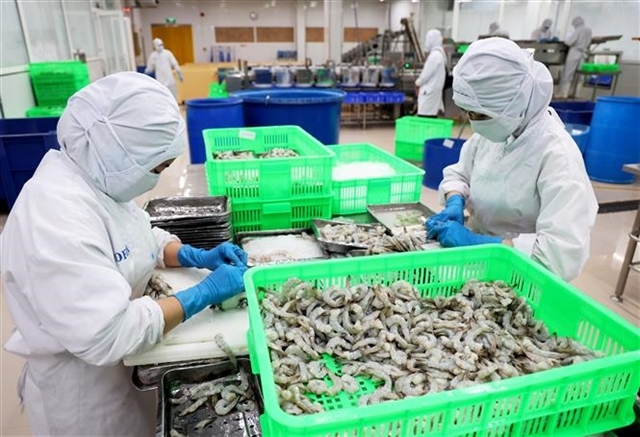
EU issues 12 warnings against Việt Nam’s food and agricultural exports
08:07 | 17/02/2025 Import-Export
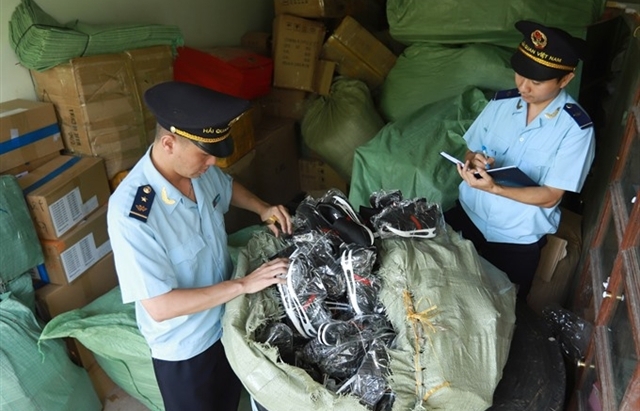
Việt Nam to impose VAT on low-value express-imported goods
08:06 | 17/02/2025 Import-Export

Exchange rate risks need attention in near future
16:31 | 15/02/2025 Import-Export
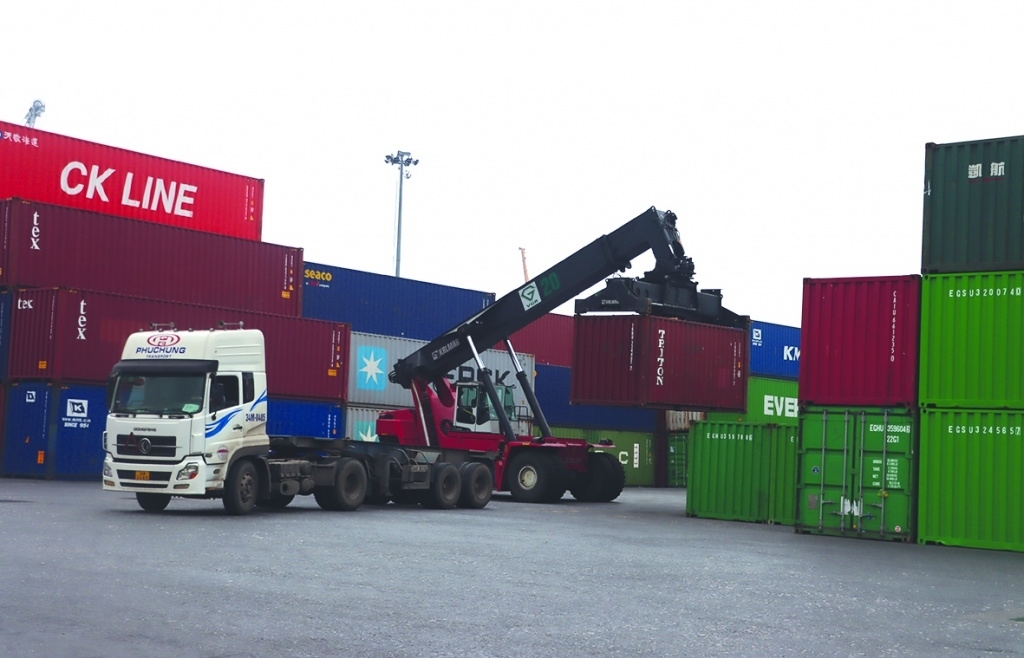
Vietnam kicked off the year with a strong start in trade, exceeding US$63 billion in the first month
16:30 | 15/02/2025 Import-Export
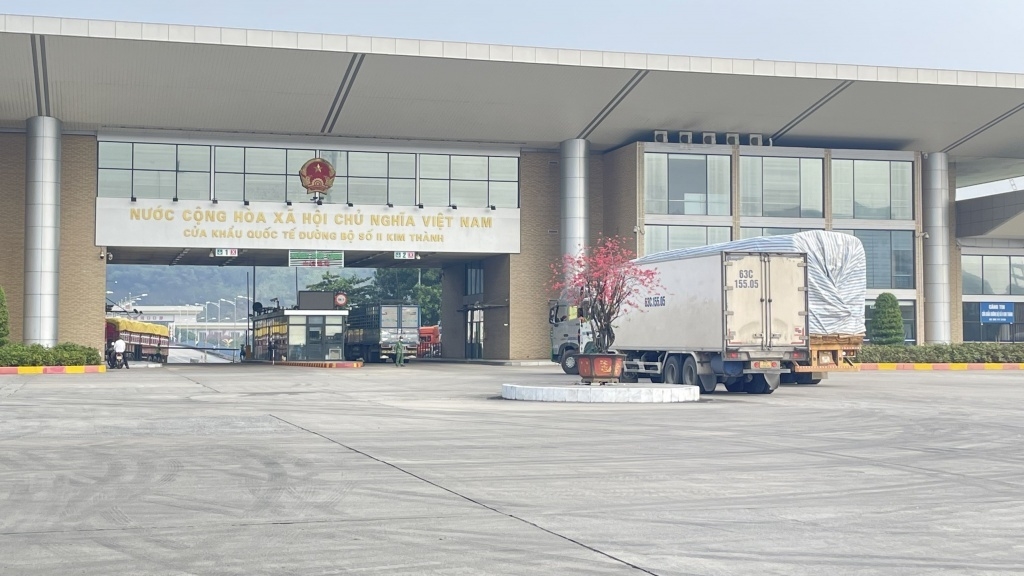
Import and export turnover reaches about US$29 billion in the second half of January 2025
14:52 | 14/02/2025 Import-Export

Market edges up slightly as liquidity remains low
14:48 | 14/02/2025 Import-Export
Your care
The system has not recorded your reading habits.
Please Login/Register so that the system can provide articles according to your reading needs.

Embracing green exports: a pathway to enter global supply chains
10:33 | 20/02/2025 Import-Export

New policy proposed to prevent transfer pricing, tax evasion of FDI enterprises
10:32 | 20/02/2025 Import-Export
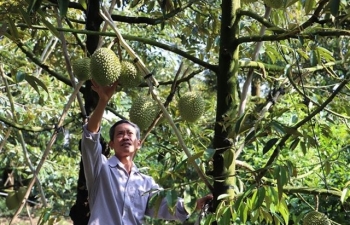
Việt Nam’s durian exports to China plummet by 80%
16:18 | 19/02/2025 Import-Export

Coconut exports reach 14-year high
15:29 | 18/02/2025 Import-Export
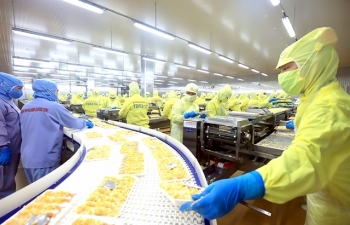
Shrimp exports grow in the first month of 2025
15:28 | 18/02/2025 Import-Export
